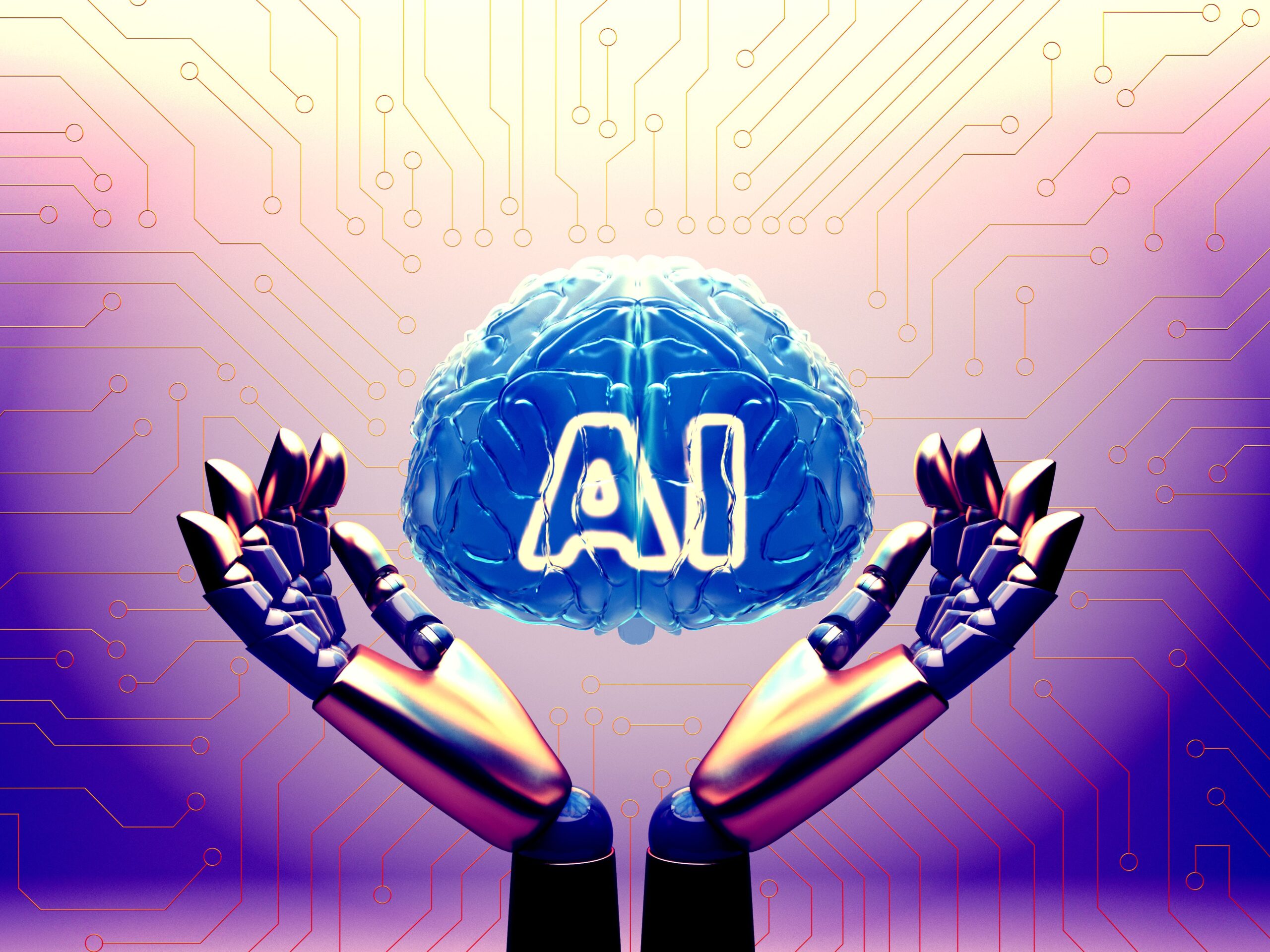
Artificial Intelligence: What You Need to Know
Artificial intelligence (AI) represents a paradigm shift in computer systems, empowering them to undertake tasks traditionally reserved for human intelligence, such as predicting outcomes, recognizing objects, deciphering speech, and generating natural language. These AI systems learn from vast troves of data, discerning patterns to inform their decision-making processes. While human oversight often guides their learning, some AI systems autonomously refine their capabilities over time.
As AI evolves, it enhances its proficiency in specific tasks, enabling it to adapt to novel inputs and make decisions without explicit programming. Essentially, AI endeavors to imbue machines with human-like cognitive abilities, aiming to streamline workflows and tackle challenges with greater efficiency.
Diving deeper, AI can be classified into four primary types:
Reactive Machines: These AI systems perceive and react to their immediate environment, executing predefined commands without the ability to retain past experiences. Examples include Netflix’s recommendation engine and IBM’s Deep Blue in chess.
Limited Memory AI: Equipped with the capacity to store and recall previous data and predictions, these systems leverage historical information to anticipate future outcomes. Notable instances encompass ChatGPT and self-driving cars.
Theory of Mind: While not yet realized, this concept envisions AI systems capable of understanding human emotions and using this insight to forecast behaviors and make autonomous decisions.
Self-aware AI: Currently theoretical, self-aware AI hypothetically possesses human-like consciousness, comprehending its own existence and empathizing with others’ emotional states.
Understanding how AI operates unveils its transformative potential:
Input: Data is sourced from diverse channels and categorized for algorithmic processing, establishing protocols for decision-making.
Processing: AI deciphers data patterns, leveraging programmed learning to identify similarities and inform decision-making.
Outcomes: Predictive insights into customer behavior and market trends emerge as AI discerns patterns and determines data suitability.
Adjustments: Learning from errors, AI refines its algorithms, adapting to diverse datasets and optimizing performance.
Assessments: Synthesizing insights gleaned from data, AI refines predictions based on feedback, perpetuating a cycle of improvement.
In essence, AI represents a convergence of technology and strategy, empowering executives to leverage its capabilities for informed decision-making and sustained competitive advantage. By demystifying AI’s intricacies, leaders navigate the digital landscape with confidence, harnessing its potential to drive organizational success and to boost cybersecurity.
Recent Posts
Phishing Emails 101
Phishing emails have become a pervasive threat in the digital world, targeting [...]
Understanding Network Infrastructure: The Backbone of Modern Business
In today's digital age, having a robust network infrastructure is critical for [...]
Artificial Intelligence: What You Need to Know
Artificial intelligence (AI) represents a paradigm shift in computer systems, empowering them [...]
Cybercrime in the Modern Business Landscape
Understanding cybercrime in the modern business landscape is crucial for teams to [...]
Understanding Antivirus Software
Antivirus software serves as a vital shield against various forms of digital [...]




